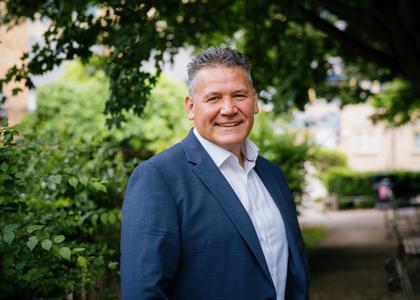The 50,000-home housing association has reduced the size of its ‘neighbourhood patches’ by a third
The Hyde Group has expanded its neighbourhood management teams from 37 to 55 following an 18-month consultation period with residents.

The average size of a Hyde neighbourhood managed by a team has decreased by a third, now averaging 800 homes.
The London-based social landlord has said the move aims to bring it closer to the people and communities it serves and facilitate improved home management.
Neal Ackcral, chief operating officer at Hyde, said: “Being closer to our customers means getting to know them more personally. We’ve introduced welfare checks where we’ll be checking in on our customers regularly. It may be that we haven’t heard from them or we’re unable to gain access to carry out compliance checks, we will make sure that we contact our customers, ensuring that they’re okay and all is well within their home.”
Hyde’s 55 new neighbourhoods (previously 37) are aligned with council wards and are overseen by a dedicated neighbourhood officer.
Neighbourhood officers work closely with other teams, including repairs and maintenance, antisocial behaviour, tenancy and service charges to provide a streamlined service.
>> See also: Hyde starts search for consultants on £2bn development framework
>> See also: Gove launches much-anticipated consultation on housing manager qualifications
>>See also: From global banking to social housing with Hyde boss Andy Hulme
Hyde has also launched a specialist housing service, which provides dedicated support to customers with vulnerabilities.
Ackcral added: “We carried out extensive consultation with our customers over an 18-month period.
“They told us they’d like to us to improve the way we communicate with them and be updated about services in their local areas, they’d like to have more clarity about who’s responsible for carrying out various tasks and resolving issues.
“They also asked us to be more visible and available to discuss issues and ideas within their neighbourhoods.
“We listened and have now implemented our new neighbourhood model to ensure that we improve in all these areas.











No comments yet